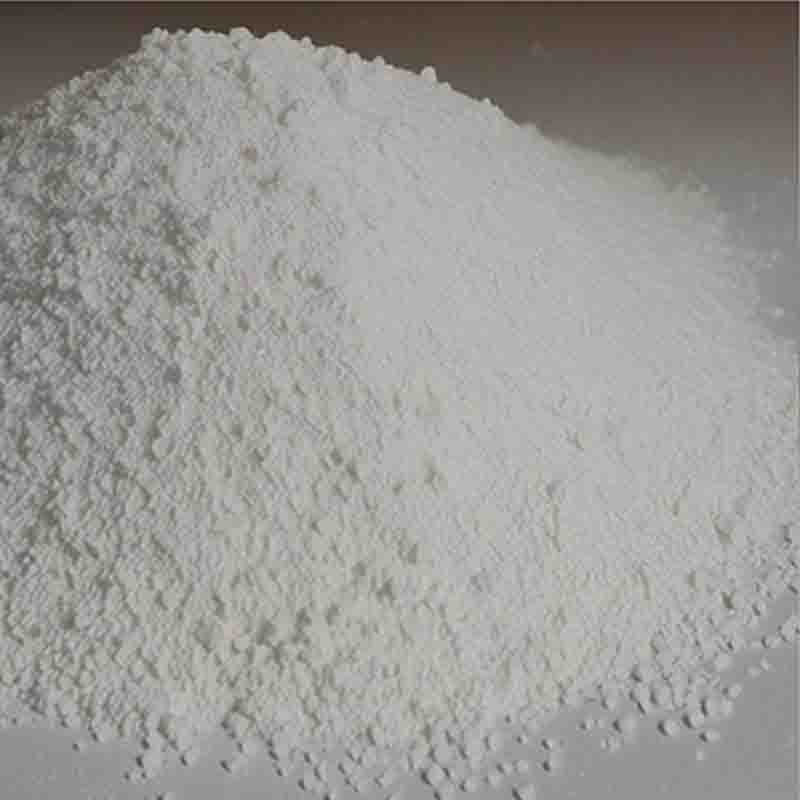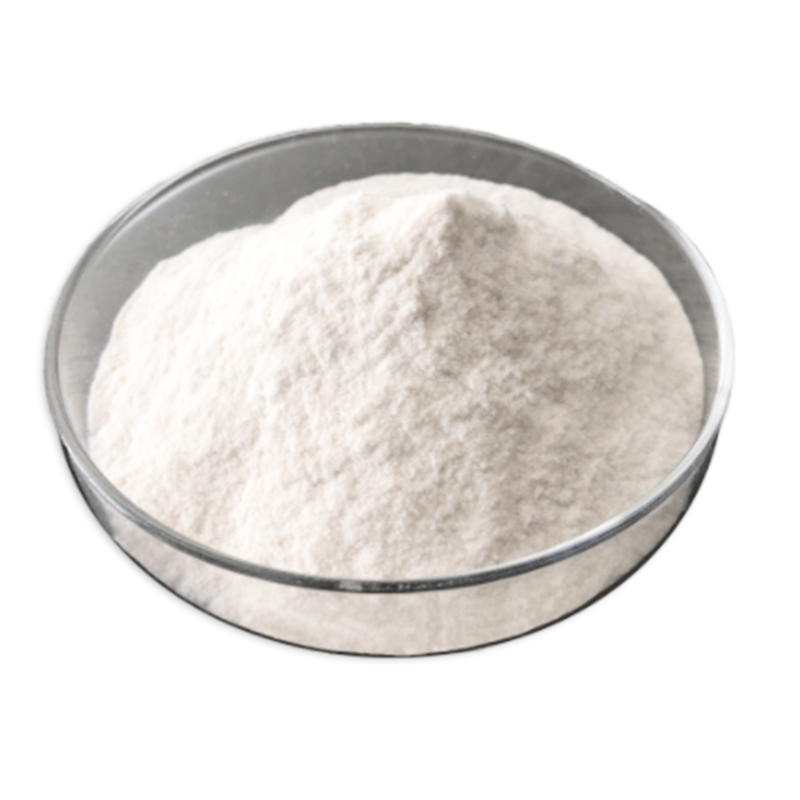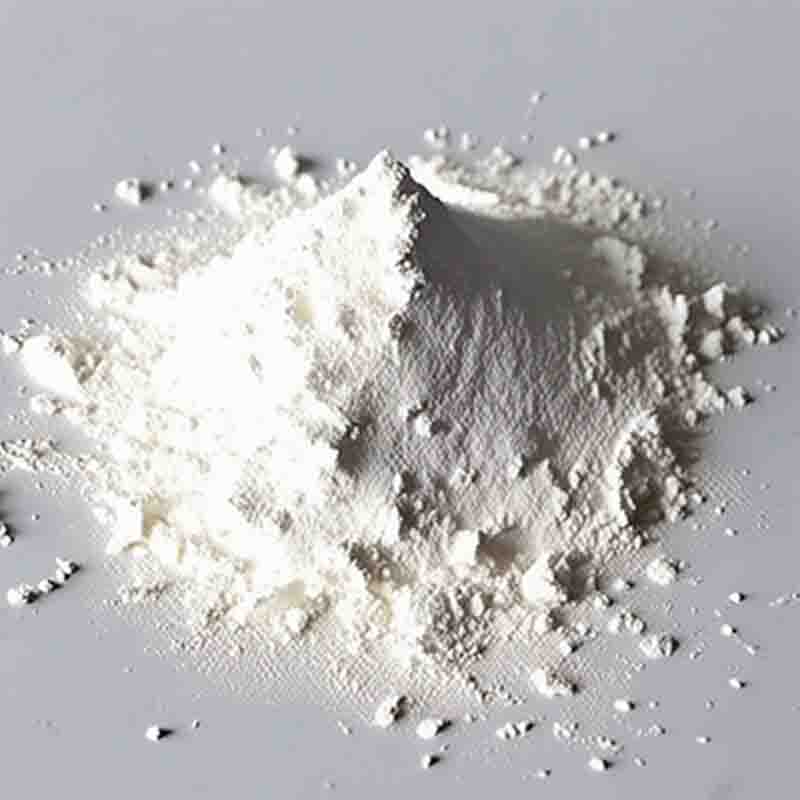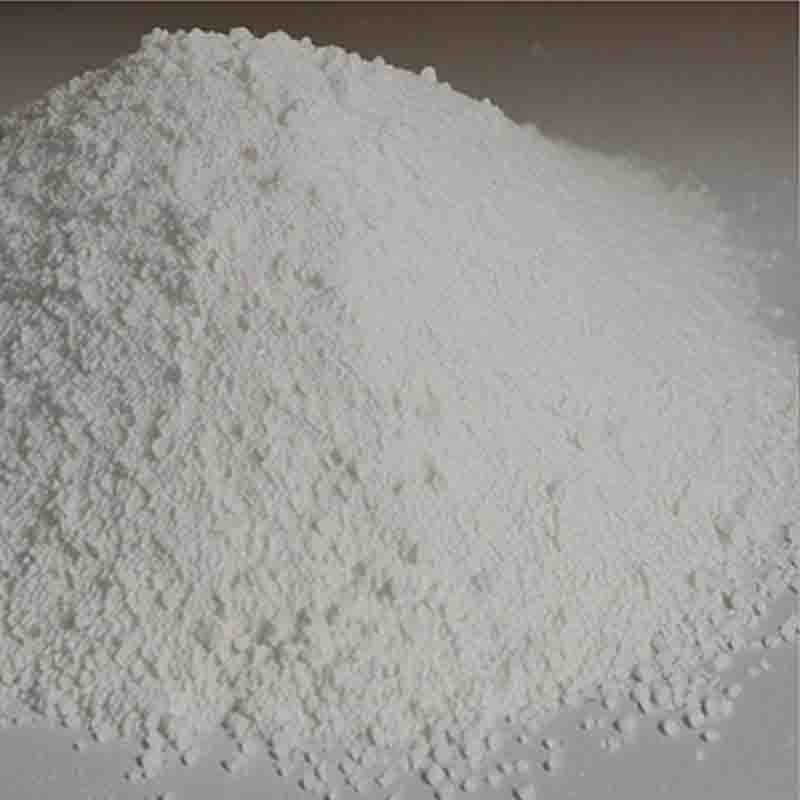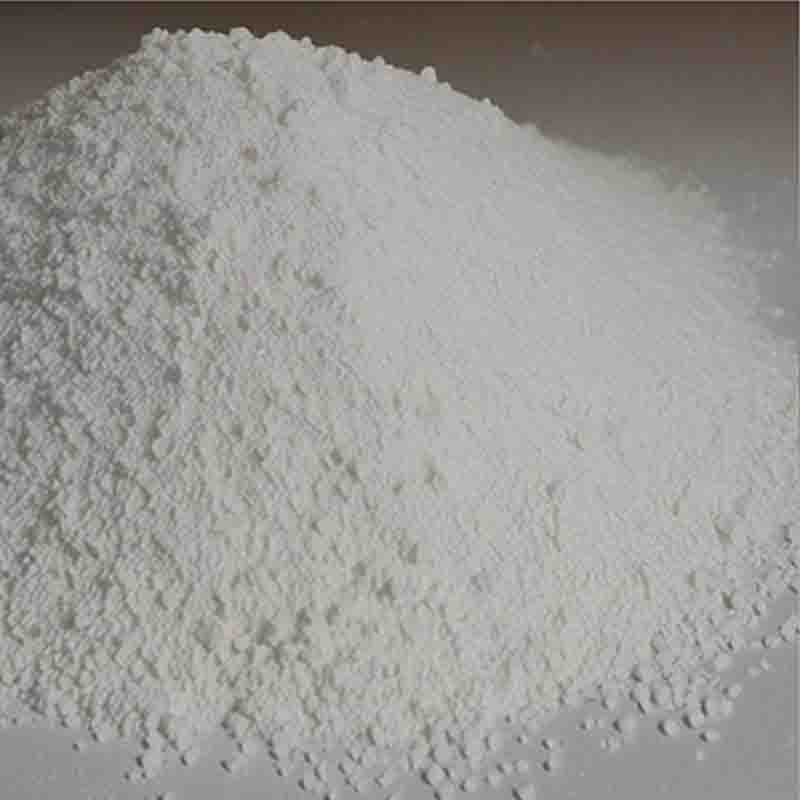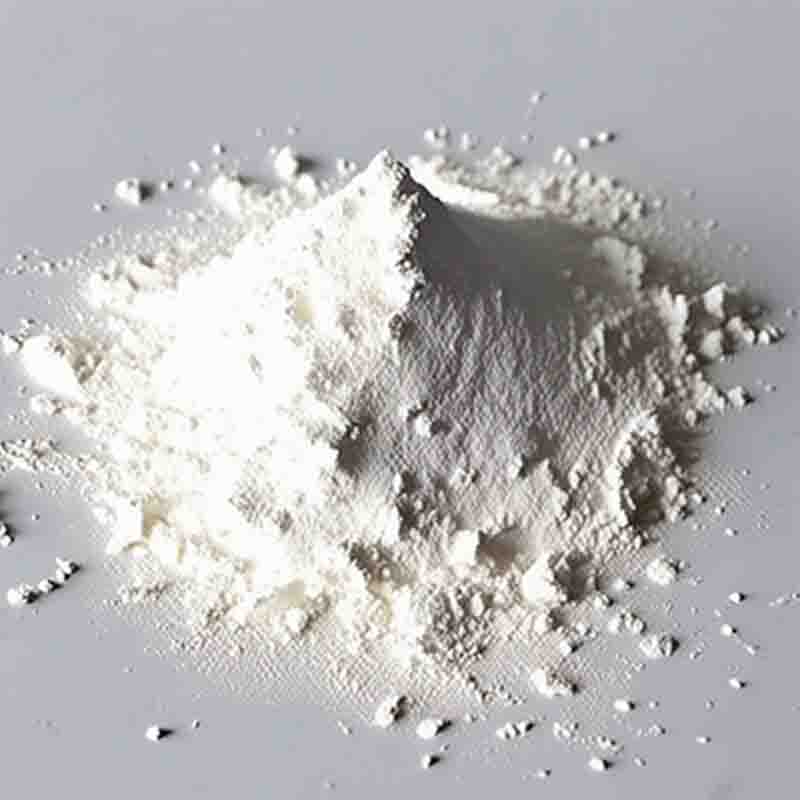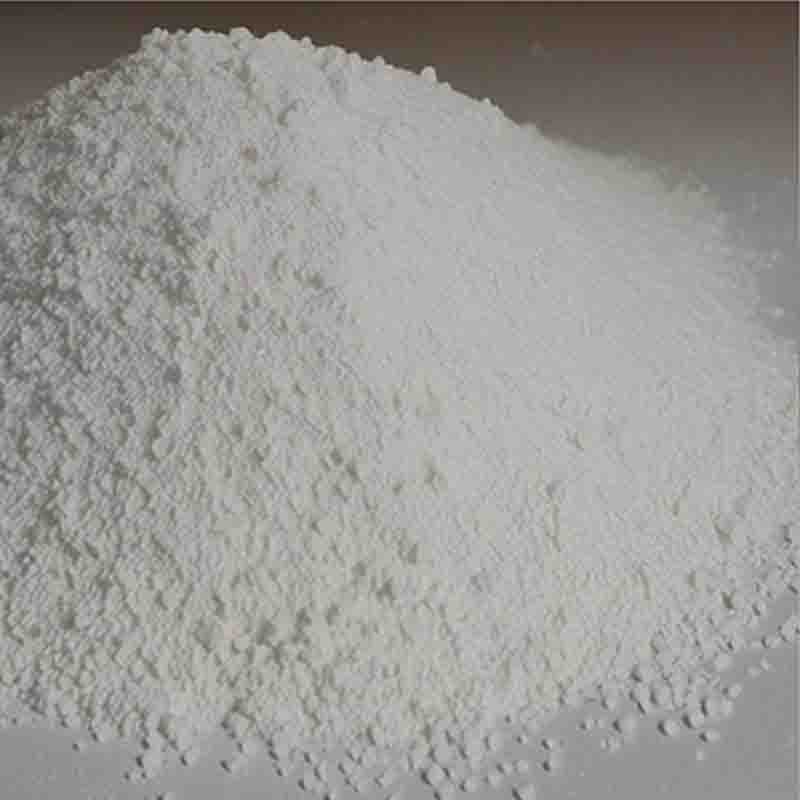1,4-Dihydro-7-methoxy-4-oxo-6-quinolinecarboxylic acid methyl ester CAS: 205448-65-3
| Catalog Number | XD93780 |
| Product Name | 1,4-Dihydro-7-methoxy-4-oxo-6-quinolinecarboxylic acid methyl ester |
| CAS | 205448-65-3 |
| Molecular Formula | C12H11NO4 |
| Molecular Weight | 233.22 |
| Storage Details | Ambient |
Product Specification
| Appearance | White powder |
| Assay | 99% min |
1,4-Dihydro-7-methoxy-4-oxo-6-quinolinecarboxylic acid methyl ester is a chemical compound with potential applications in the field of pharmaceuticals. Its molecular structure consists of a quinoline ring with a carboxylic acid group and a methyl ester moiety, as well as a methoxy and oxo group attached to different positions of the quinoline ring.This compound belongs to the class of quinolone derivatives, which are known for their broad-spectrum antimicrobial activity. Quinolones have been extensively used in the treatment of bacterial infections, particularly those caused by Gram-negative bacteria. 1,4-Dihydro-7-methoxy-4-oxo-6-quinolinecarboxylic acid methyl ester can be potentially developed as a new quinolone derivative with enhanced pharmacological properties.As an antibacterial agent, this compound functions by targeting and inhibiting the DNA gyrase and topoisomerase IV enzymes, which are essential for replication, transcription, and repair of bacterial DNA. By targeting these enzymes, the compound disrupts bacterial DNA synthesis and leads to cell death. This mode of action makes it effective against a wide range of bacteria, including both Gram-negative and Gram-positive species.In addition to its antimicrobial activity, this compound has also shown potential anticancer properties. Some studies have demonstrated that quinolone derivatives can inhibit the growth of cancer cells by interfering with the DNA replication process, inducing cell cycle arrest, and promoting apoptosis. 1,4-Dihydro-7-methoxy-4-oxo-6-quinolinecarboxylic acid methyl ester could be further explored as an anticancer agent, potentially contributing to the development of new chemotherapeutic drugs.Furthermore, this compound's synthetic versatility allows for modifications and customization, enabling researchers to create new derivatives with improved pharmacokinetic properties, increased potency, or reduced toxicity. Structural modifications can involve altering the substituents or functional groups attached to the quinoline ring, thereby optimizing drug-like properties and targeting specific molecular pathways.It's important to note that further research and development are necessary to fully understand the potential applications and limitations of 1,4-Dihydro-7-methoxy-4-oxo-6-quinolinecarboxylic acid methyl ester. Clinical trials and studies evaluating its efficacy, toxicity profile, and pharmacological properties are still required.In conclusion, 1,4-Dihydro-7-methoxy-4-oxo-6-quinolinecarboxylic acid methyl ester holds promise for its potential applications as an antimicrobial agent and an anticancer drug. Its molecular structure and mechanism of action make it suitable for targeting bacterial DNA gyrase and topoisomerase IV enzymes, leading to cell death. Moreover, its synthetic versatility allows for modifications and optimization to potentially enhance its pharmacological properties. Further research is necessary to explore its full potential and determine its viability as a therapeutic agent.


